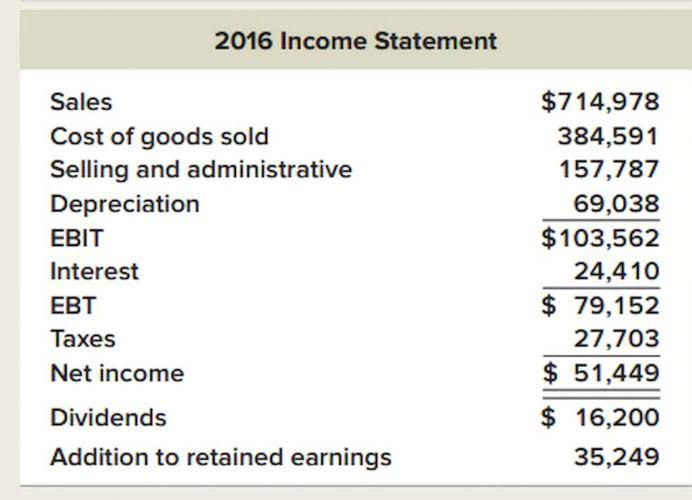
This is the percentage of net earnings that is not paid to shareholders as dividends. Current liabilities are debts typically due for repayment within one year. Current assets include cash and anything that can be converted to cash within a year, such as accounts receivable and inventory. SE is a number that stock investors and analysts look at when they’re evaluating a company’s overall financial health. It helps them to judge the quality of the company’s financial ratios, providing them with the tools to make better investment decisions.
Limitations of Using Stockholders’ Equity to Evaluate Companies
The date the board declares the dividend is known as the declaration date and it is on this date that the liability for the dividend is created. Cash dividends (usually referred to as dividends) are a distribution of the corporation’s net income. Dividends are analogous to draws/withdrawals by the owner of a sole proprietorship. The draws and dividends are not expenses and will not appear on the income statements. A low level of debt means that shareholders are more likely to receive some repayment during a liquidation.

Investing in Safe Stocks and Low-Volatility Stocks

David is comprehensively experienced in many facets of financial and legal research and publishing. As an Investopedia fact checker since 2020, he has validated over 1,100 articles on a wide range of financial and investment topics.

What Is Included in Stockholders’ Equity?

From the point of view of an investor, it is essential to understand the stockholder’s equity formula because it represents the real value of the stockholder’s investment in the business. The stockholder’s equity is available as a line item in the balance sheet of a company or a firm. The company’s stockholders are usually interested in the stockholder’s equity, and they are concerned about the Medical Billing Process company’s earnings. Further, the Shareholder’s purchase of company stock over a period gives them the right to vote in the board of directors elections and yields capital gains for them.
What are Limitations of Total Equity?
In this case, the $700,000 in equity is the shareholder’s claim on the company’s assets after its debts have been settled. The shareholder equity ratio indicates how much of a company’s assets have been generated by issuing equity shares rather than by taking on debt. The lower the ratio result, the more debt a company has used to pay for its assets. It also shows how much shareholders might receive in the event that the company is forced into liquidation. As with assets, liabilities are divided into current liabilities, which include things like rent, tax, utilities, debts that are payable within a year, and dividends payable. “Long-term liabilities” generally refers to long-term debt the company has issued (bonds), but it can include other non-immediate expenses such as pension obligations.
Stockholders’ equity represents the owners’ residual interest in a company’s assets after liabilities are deducted. It reflects the net worth of a business and is reported on the balance sheet under the equity section. A positive stockholders’ equity indicates that a company has more assets than liabilities, while a negative balance may signal financial distress or excessive debt. In this formula, the equity of the shareholders is the difference between the total assets and the total liabilities. For example, if a company has $80,000 in total assets and $40,000 in liabilities, the shareholders’ equity is $40,000.
High Total Equity
The return on equity of a business is a metric that can be tracked over time and compared against the industry average ROE to estimate a company’s profitability and monitor its use of earnings. Lenders may look at ROE to assess profit margin and see how a business excels at using shareholder capital. Along the same lines, if you know the difference in stockholders’ equity and any other inflows of capital or payouts of dividends, you can calculate net income. Whereas book value or net assets are the total amounts of a company’s assets, shareholders’ equity is a company’s net worth in a given period after liabilities are subtracted from total assets.
- The board of directors appoints the officers of the corporation and declares dividends for the common and preferred stock.
- It also reflects a company’s dividend policy by showing its decision to pay profits earned as dividends to shareholders or reinvest the profits back into the company.
- Liabilities are obligations that the company owes to external parties, such as loans, accounts payable, and accrued expenses.
- State laws may also require that the par value be reported in a separate account.
- A current liability account that reports the amounts of cash dividends that have been declared by the board of directors but not yet distributed to the stockholders.
Treasury stock
Stockholders’ equity is a helpful calculation to know but it’s not foolproof. It’s important to remember that it may not reflect the amount that would be paid out to investors following a bookkeeping liquidation with 100% accuracy. In recent years, more companies have been increasingly inclined to participate in share buyback programs, rather than issuing dividends. The two companies have virtually identical financials, with the following shared operating values listed below.
Look at the balance sheet’s stockholders’ equity section
As stated earlier, it is the declaration of cash dividends that reduces Retained Earnings. Legally, corporations must have a credit balance in Retained Earnings in order to declare a dividend. Practically, a corporation must also have a cash balance large enough to pay the dividend and still meet upcoming needs, such as asset growth and payments on existing liabilities. After the 25 shares of treasury stock are sold, the balance in Treasury Stock becomes a debit of $900 (45 shares at their cost of $20 per share). The Paid-in Capital how to find stockholders equity from Treasury Stock now shows a credit balance of $170.

